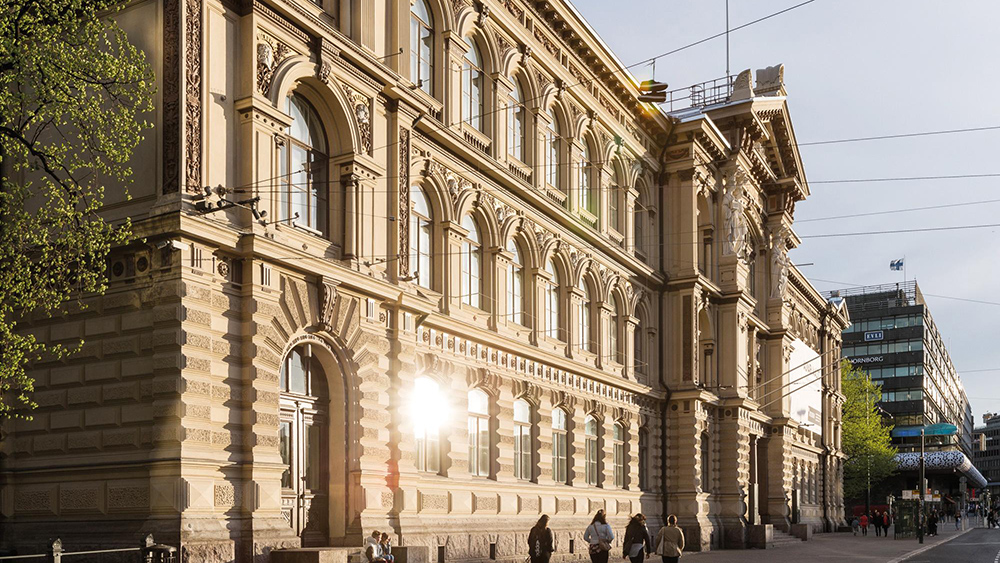Showing at the Ateneum in Helsinki until August 25th 2025
The exhibition Crossing Borders – Travelling Women Artists in the 1800s presents works by women artists who studied and worked in Germany in the 19th century, brought together for the first time. 53 pioneering artists who were active in Finland, Sweden, Norway, Denmark, the Baltic countries, Poland, and Germany are represented, with over 200 works on display.
The artists featured in Crossing Borders worked at a time when women had to choose between family and career, when they did not yet have the right to vote. Should they marry, they usually stopped working as artists. Some of the artists featured became successful career women, most were unmarried, and many became role models for the next and following generations, artists like Helene Schjerfbeck and Ellen Thesleff.
The Ateneum is also open on Mondays during July and August from 11 am to 5 pm giving visitors even more flexibility to experience the exhibition over the summer.
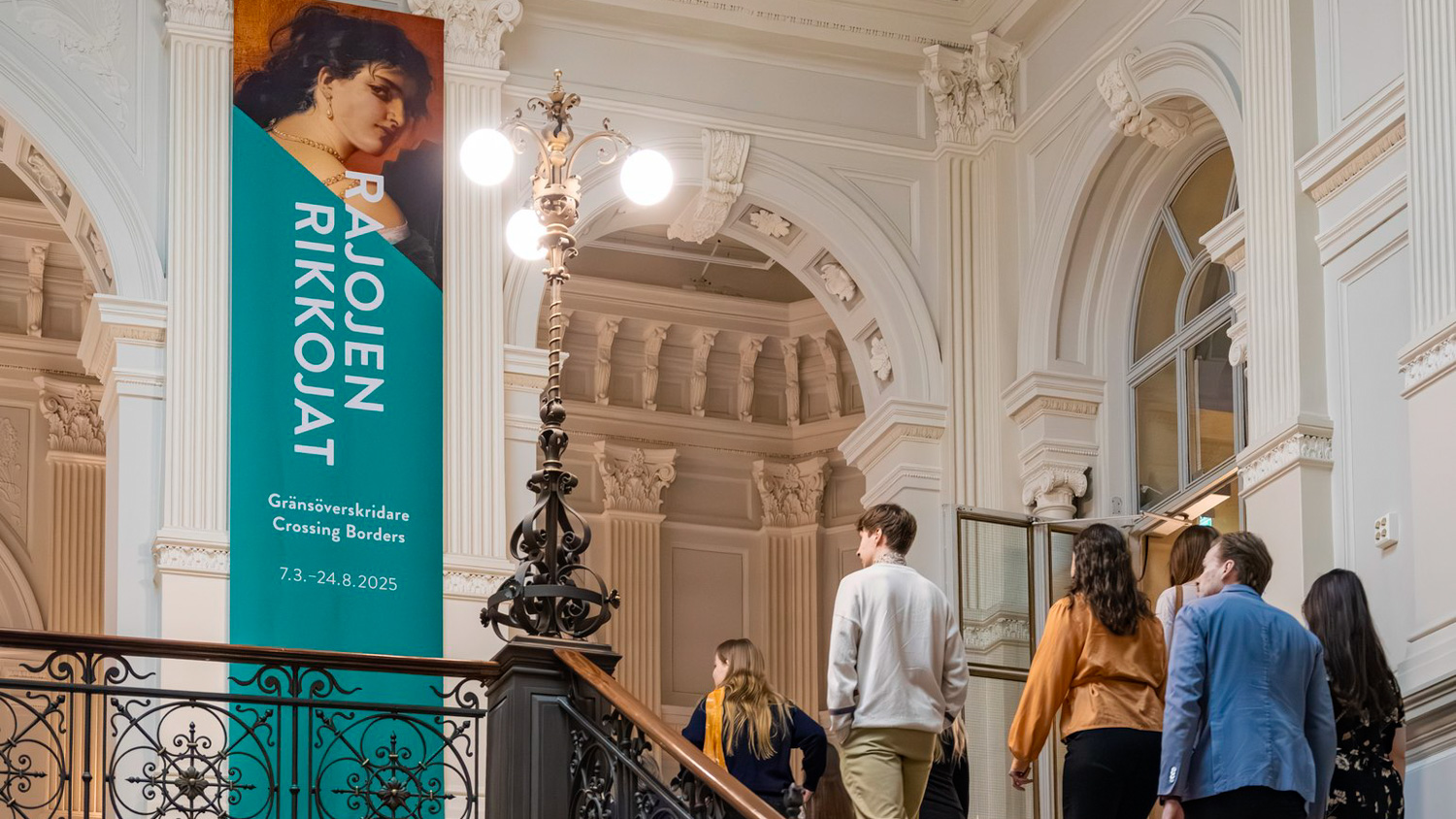

A Significant Exhibition in Art History
To receive a proper education, many women artists in the 19th century had to travel abroad. Pursuing a professional career required courage, funding, and strong networks. The exhibition explores how these artists studied and worked in cultural hubs across Germany — including Dresden, Düsseldorf, Karlsruhe, Munich, Berlin, and Weimar — where women were only allowed to study privately with male artists or in schools established specifically for them.
Many of these artists also travelled further south to Italy, and beyond, which often forms a side-track in their careers. These journeys were demanding: travel was slow, sometimes dangerous, and women needed special permissions or escorts to go abroad. Their travels influenced the subjects they painted — moving beyond traditional still lifes and portraits to landscapes and scenes of everyday life. At that time women wore crinolines, so painting was easier indoors than it was outdoors. Nonetheless, they persevered, and through their examples, these artists paved the way for future generations and showed that their aspirations could be achieved.
Crossing Borders – Travelling Women Artists in the 1800s is an art-historically significant exhibition that highlights previously completely unknown artists and their networks, and puts on display works never before seen in Finland. The exhibition is based on many years of research, which has led to the rediscovery of many forgotten artists and works, and continues Ateneum’s work as a pioneer in research related to women artists. It highlights the importance of Germany as an art nation and a travel destination over France, which has been studied much more.
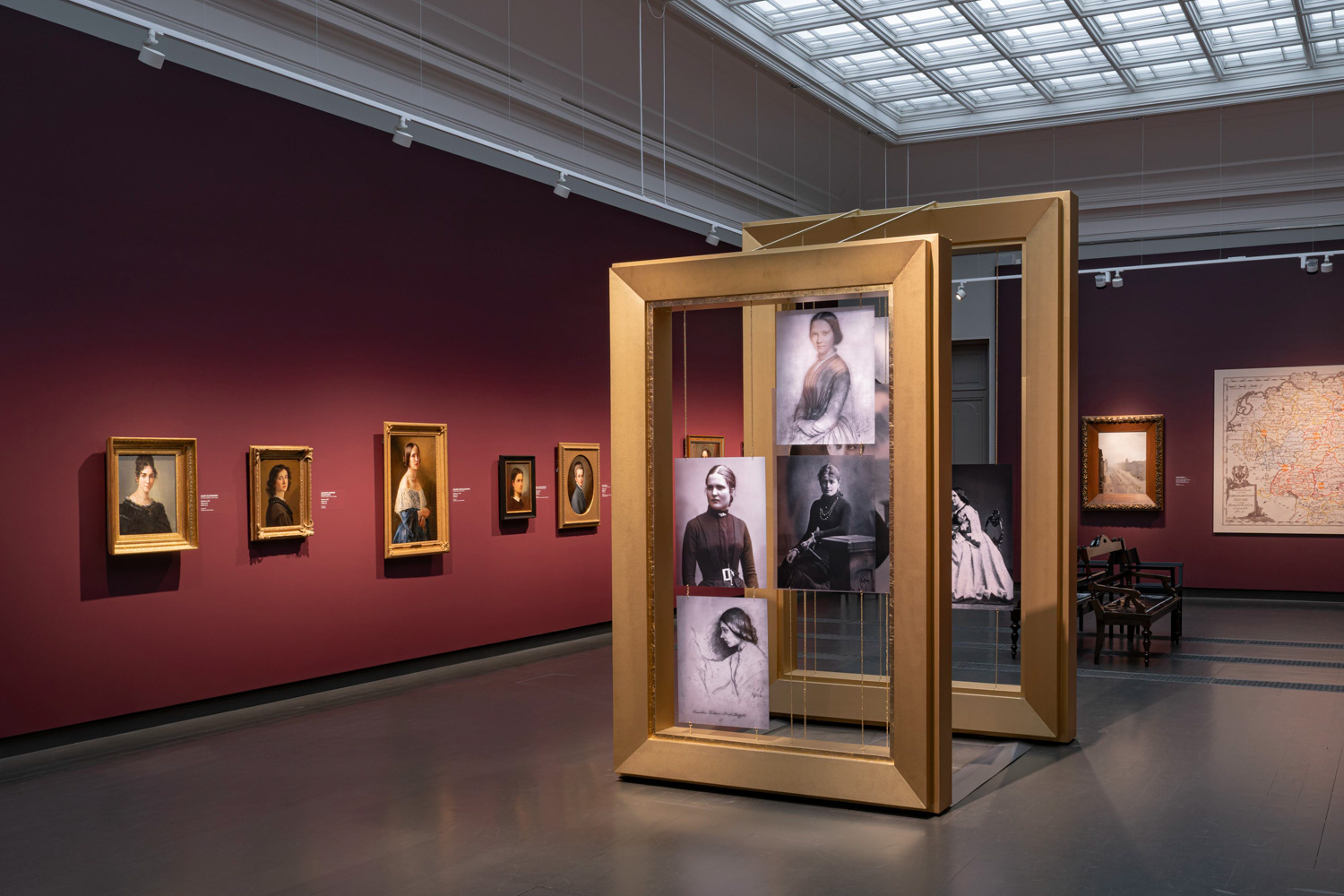
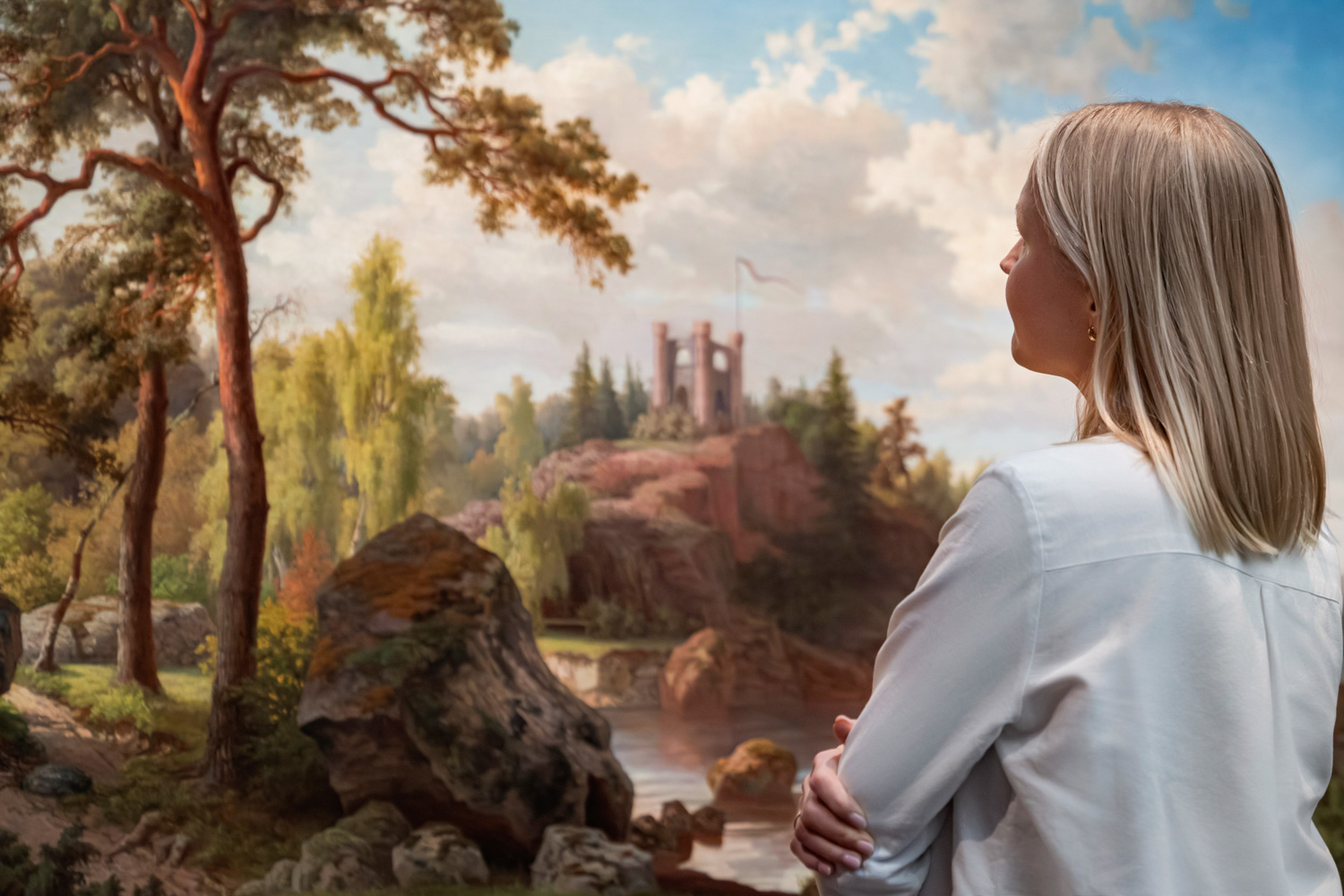
Artists Featured
The Finnish artists featured in the exhibition include Fanny Churberg, Alexandra Frosterus-Såltin, Ida Silfverberg and Victoria Åberg, while foreign artists include Jeanna Bauck, Mathilde Bonnevie-Dietrichson, Marie Ellenrieder, Julie Hagen-Schwarz, Elisabeth Jerichau-Baumann, Magda Kröner, Amalia Lindegren, Emmy Lischke and Bertha Wegmann. The exhibition also features drawings by Finland’s first female scientific illustrator, Hilda Olson, from the collection of the Finnish Museum of Natural History. In all, the exhibit includes paintings, sculptures and drawings by more than 50 artists, all of whom are women.
Works are on loan from prestigious institutions such as the Alte Nationalgalerie (Germany), the Nationalmuseum (Sweden), the Gothenburg Museum of Art, the National Museum (Norway), the Ny Carlsberg Glyptotek (Denmark), the National Gallery of Denmark, and the Art Museum of Estonia. After Helsinki, the exhibition will travel to the Kunstpalast in Düsseldorf in autumn 2025.
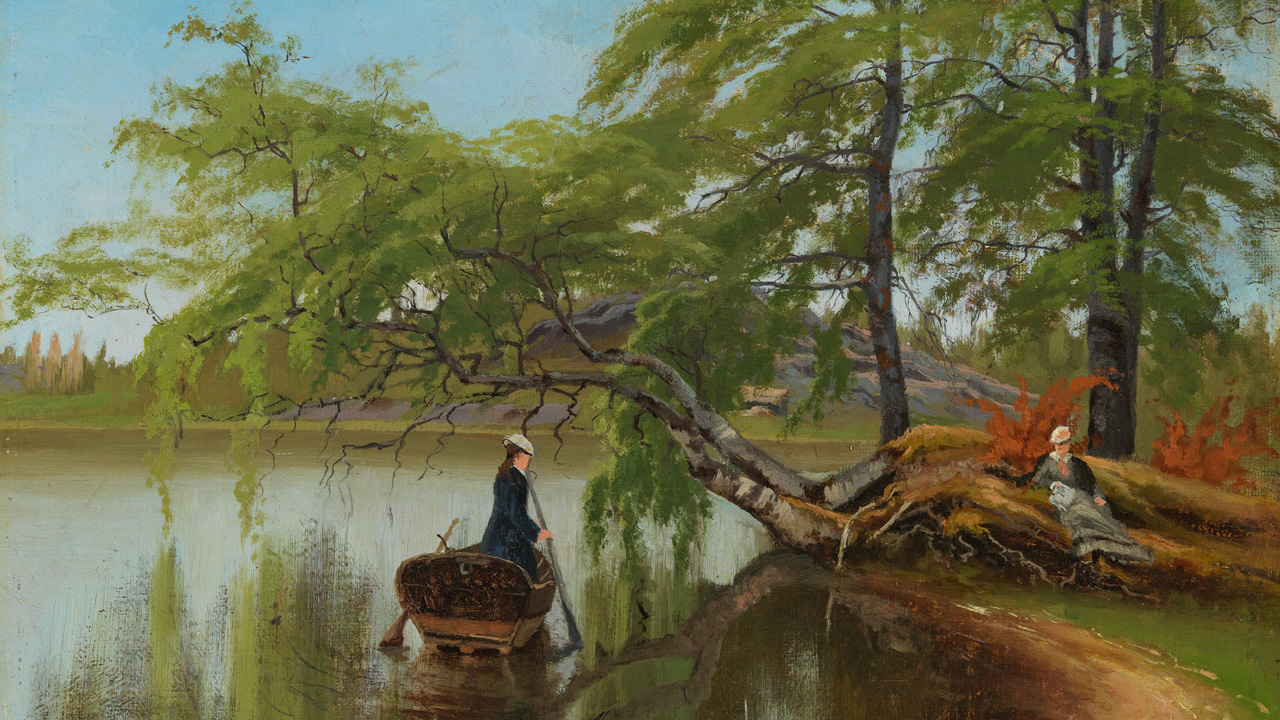

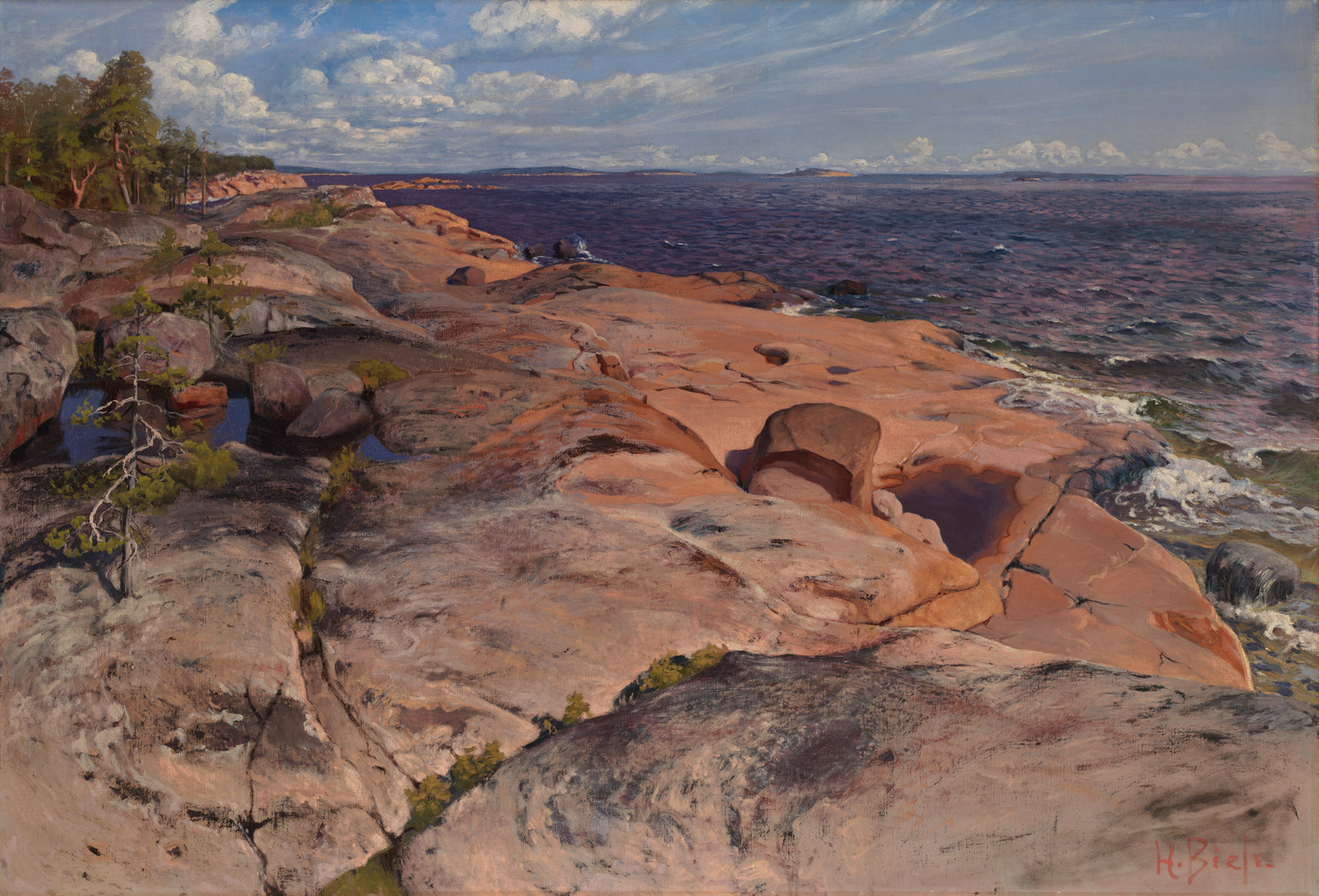

Exhibition Intro – A Guided Start to Crossing Borders
The popular Exhibition Intro offers a rich introduction to the themes and highlights of Crossing Borders – Travelling Women Artists in the 1800s, presented by an expert guide with a compelling visual presentation. The intro takes place in the peaceful comfort of the Ateneum Hall, where you can sit back and enjoy the overview before exploring the exhibition at your own pace.
Exhibition Intros in English are available once a month, on the third Sunday. Intros in Finnish are offered almost daily.
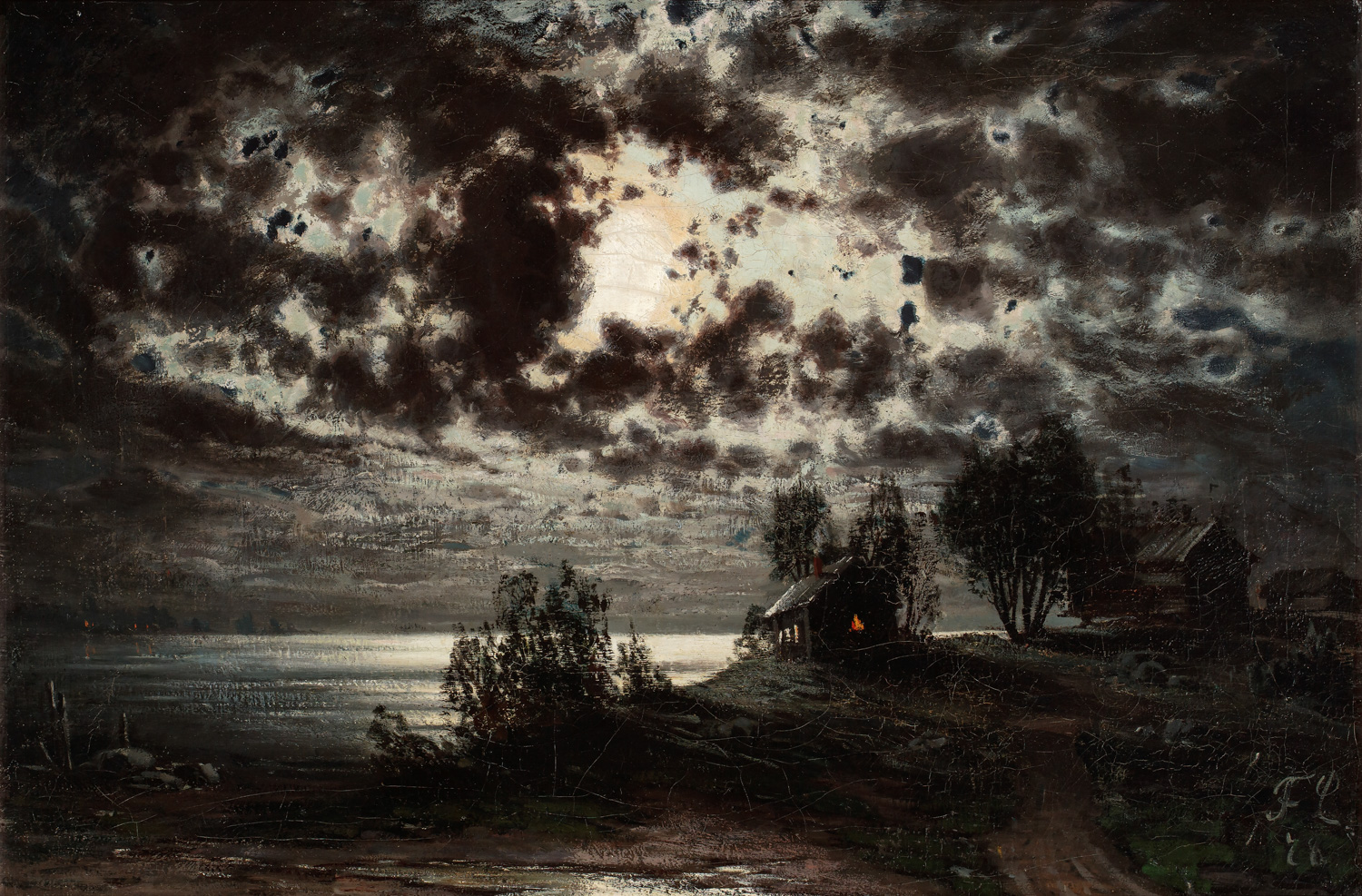
Ateneum with Children
Visiting Ateneum with children offers a fresh way to experience the exhibition. Familiar works can take on new meaning through a child’s perspective. Explore, observe, reflect, and chat – and find your own favourites together. A special children’s guide introduces eight selected artworks, available as a printed brochure at the museum.
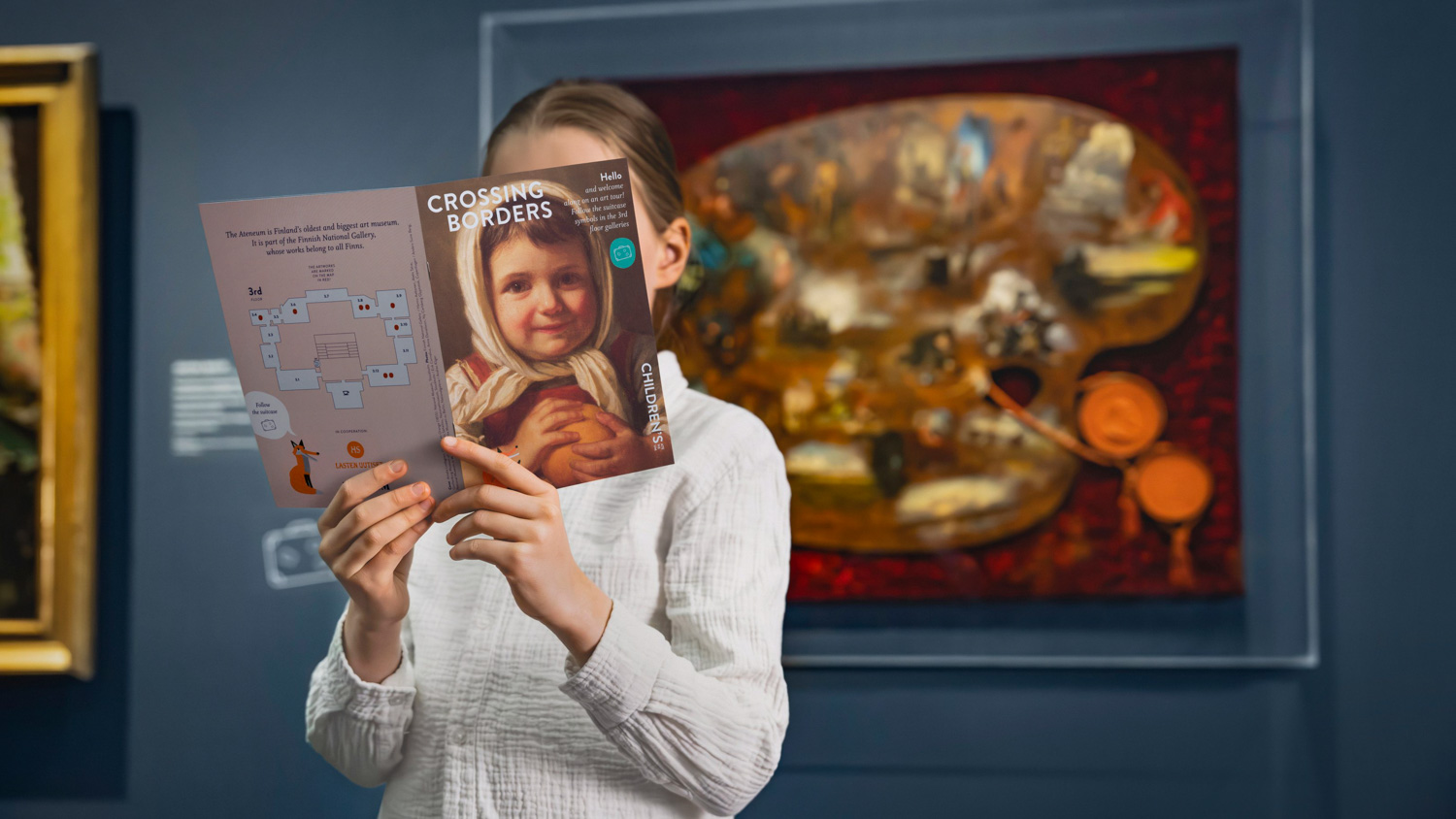
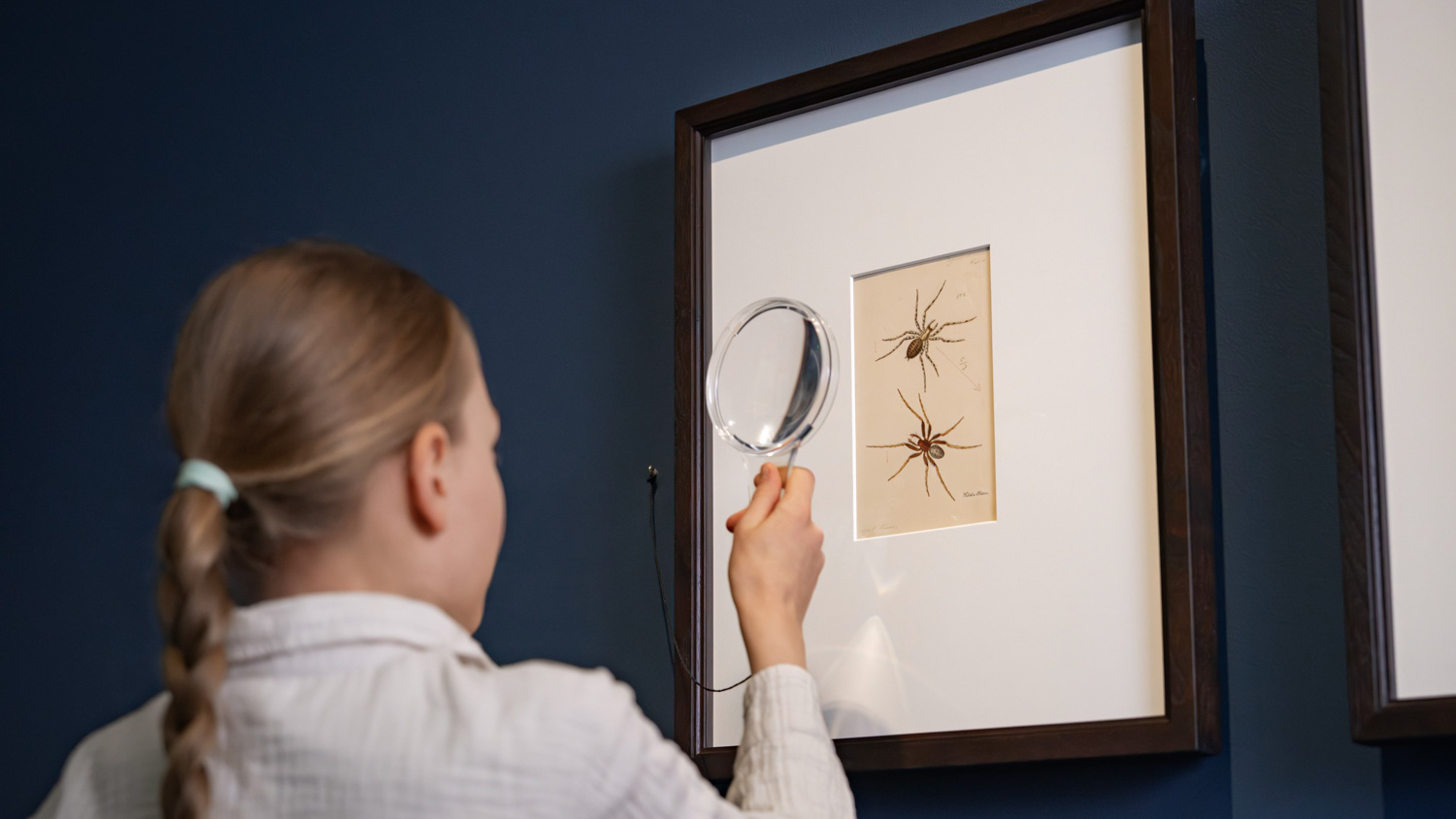
Studio – A Space to Pause, Reflect and Create
The Studio is an interactive and peaceful space for relaxing, reflecting, and engaging in quiet conversation. It is located on the second floor, near the main exhibition hall. Here, visitors can focus on a single artwork, which changes regularly.
The Studio welcomes visitors of all ages to draw, rest, read, and simply spend time. There are also puzzles available for the youngest family members.
Café Höijer
Open during temporary exhibitions on the third floor, Café Höijer offers a delightful break in a serene setting. Only accessible with a museum ticket, the café serves classic refreshments, including savoury and sweet items, a selection of wines, and specialty coffees. It is closed between exhibitions due to the handling of artworks.
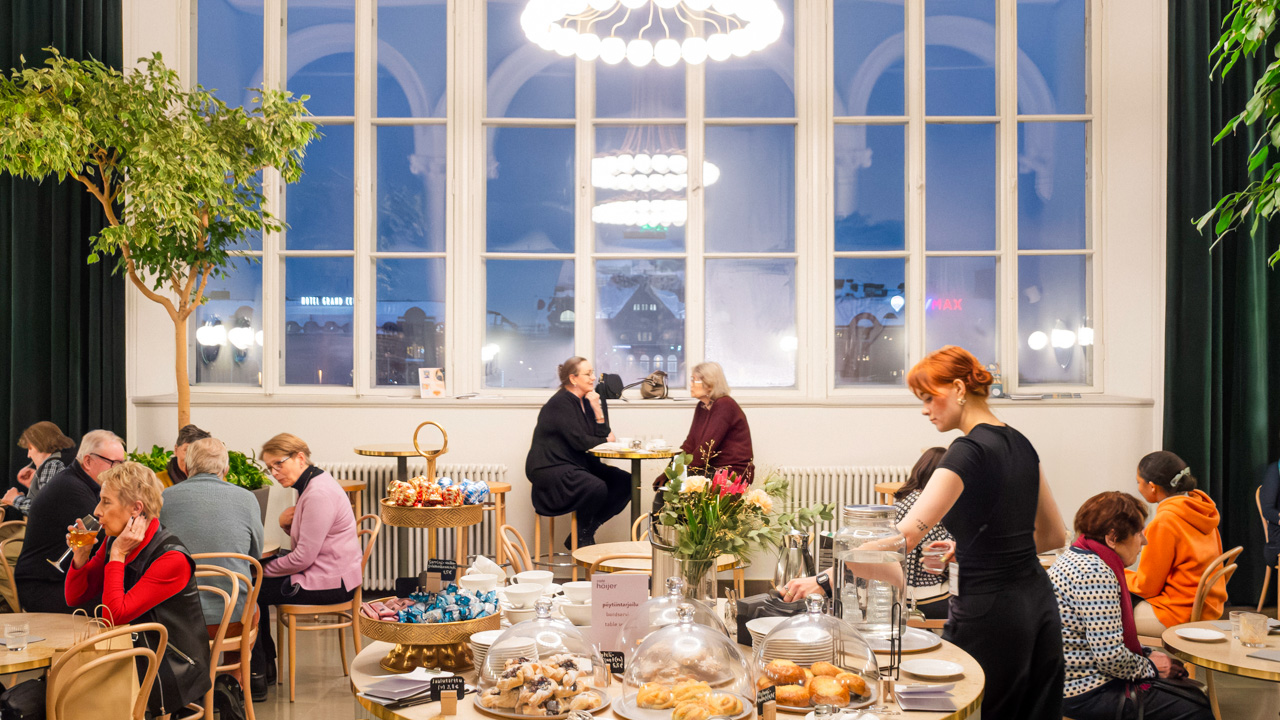
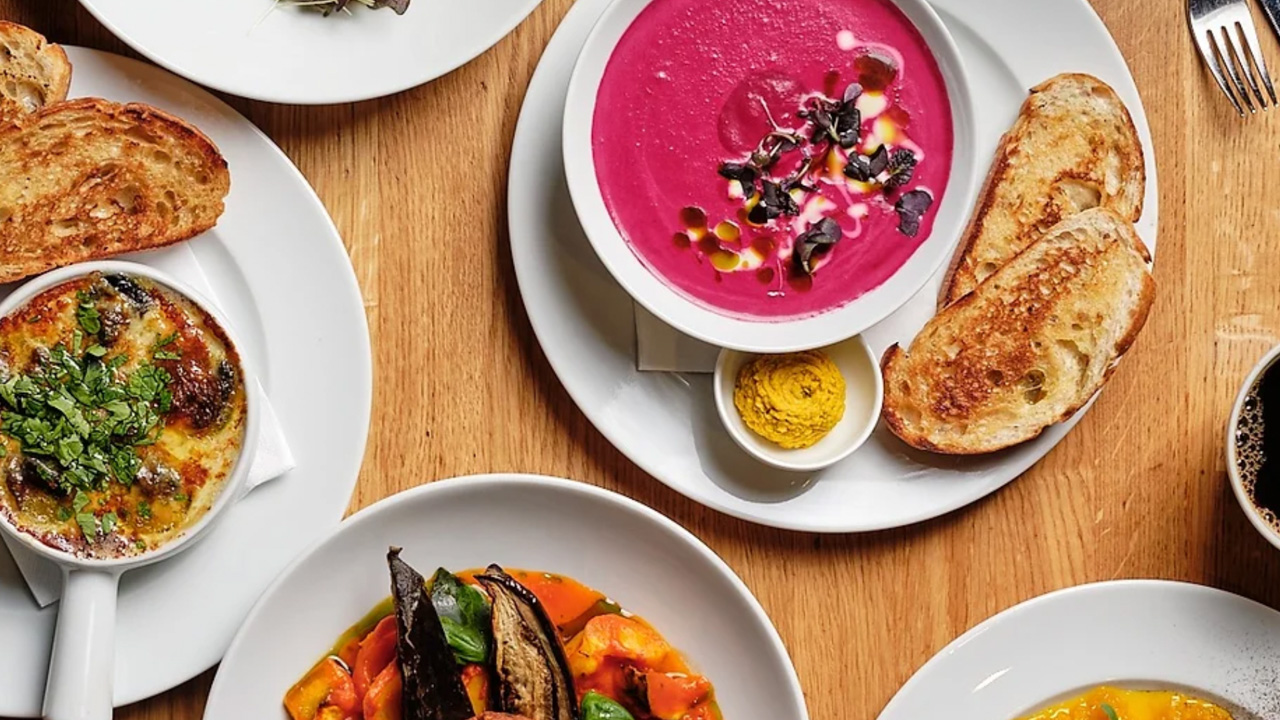
The Ateneum Museum of Art
Situated in the vibrant heart of Helsinki, just opposite the main railway station and surrounded by numerous hotels and shopping malls, the Ateneum Art Museum is the most visited museum in Finland. Ateneum is a revered institution both nationally and internationally, captivating hundreds of thousands of visitors each year with its enriching exhibitions.
